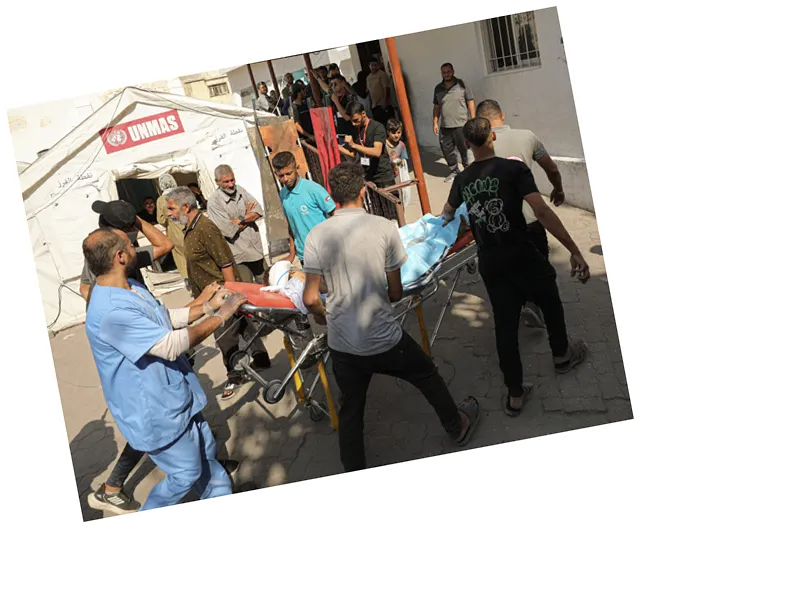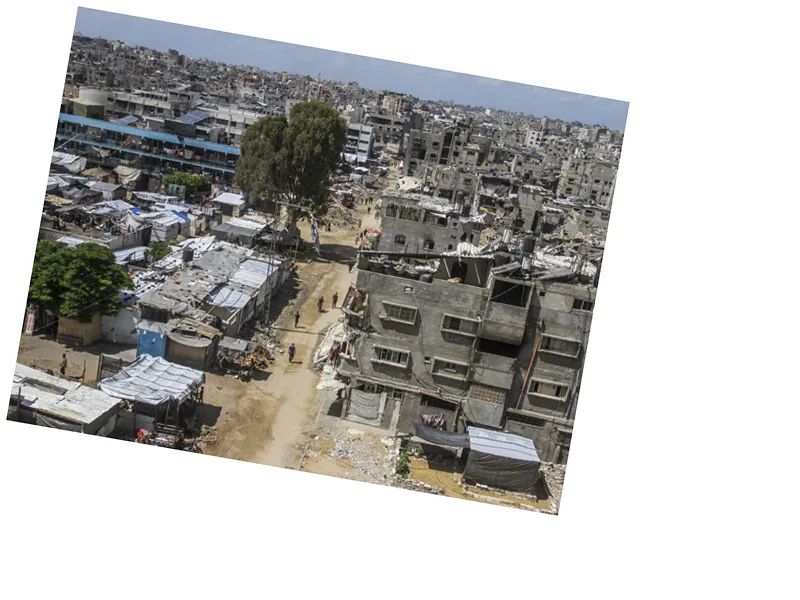Mass Displacement in Gaza Amid Ongoing Conflict
The humanitarian crisis in Gaza has reached unprecedented levels as tens of thousands of people are forced to flee their homes due to continuous evacuation orders from the Israeli military. Over the past ten days, the Israel Defense Forces (IDF) have issued instructions for residents in various areas, including Khan Younis, Shujaya, and several neighborhoods in Gaza City, to move to safer zones. This has resulted in the number of internally displaced persons (IDPs) rising from 1.7 million to approximately 1.9 million, according to the UN.
The UN Office for the Coordination of Humanitarian Affairs (OCHA) reports that the mass displacement stems from the evacuation orders, widespread destruction of infrastructure, restricted access to essential services, and persistent fear of hostilities. Civilians face significant challenges in finding safe shelters, often ending up in overcrowded and unsanitary conditions. The IDF maintains that these orders are necessary to prevent civilian casualties during military operations targeting Hamas.
Humanitarian Impact and Challenges
The ongoing evacuations have severely impacted Gaza's already strained healthcare system. OCHA indicates that only 15 out of 36 hospitals in Gaza remain functional, with many operating at limited capacity. For instance, the European Hospital in Khan Younis ceased operations after most of its medical staff and patients evacuated, despite later clarifications that it was not included in the evacuation order. Similarly, the Al Ahli Baptist Hospital in Gaza City had to shut down after nearby drone strikes.
Aid distribution has also been hampered. The World Food Program notes that nearly half a million people in Gaza face severe hunger. The constant displacement complicates efforts to provide food and other essential supplies, with many aid missions being canceled or prevented. The Norwegian Refugee Council (NRC) describes scenes of families sleeping outdoors, children scavenging for food, and makeshift shelters made from whatever materials are available.
The conflict, which began on October 7 following a Hamas attack on southern Israel, has led to significant casualties on both sides. According to the Health Ministry in Gaza, the Israeli offensive has resulted in over 38,000 deaths, mostly civilians. The humanitarian agencies continue to appeal for ceasefires and safe passages to deliver aid and medical assistance to the affected populations.
- The IDF’s evacuation orders have led to chaotic scenes across Gaza, with residents using cars, bicycles, wheelchairs, and even donkey carts to flee. The constant threat of airstrikes and ground attacks makes the journey perilous, with many people unsure of where to find safety.
- The humanitarian situation is dire, with UN-run schools being one of the few refuges for displaced Palestinians. However, these shelters are also under threat, as evidenced by recent attacks on UNRWA schools, resulting in multiple casualties. The UN and other humanitarian organizations continue to call for protection of civilians and respect for international humanitarian laws.






